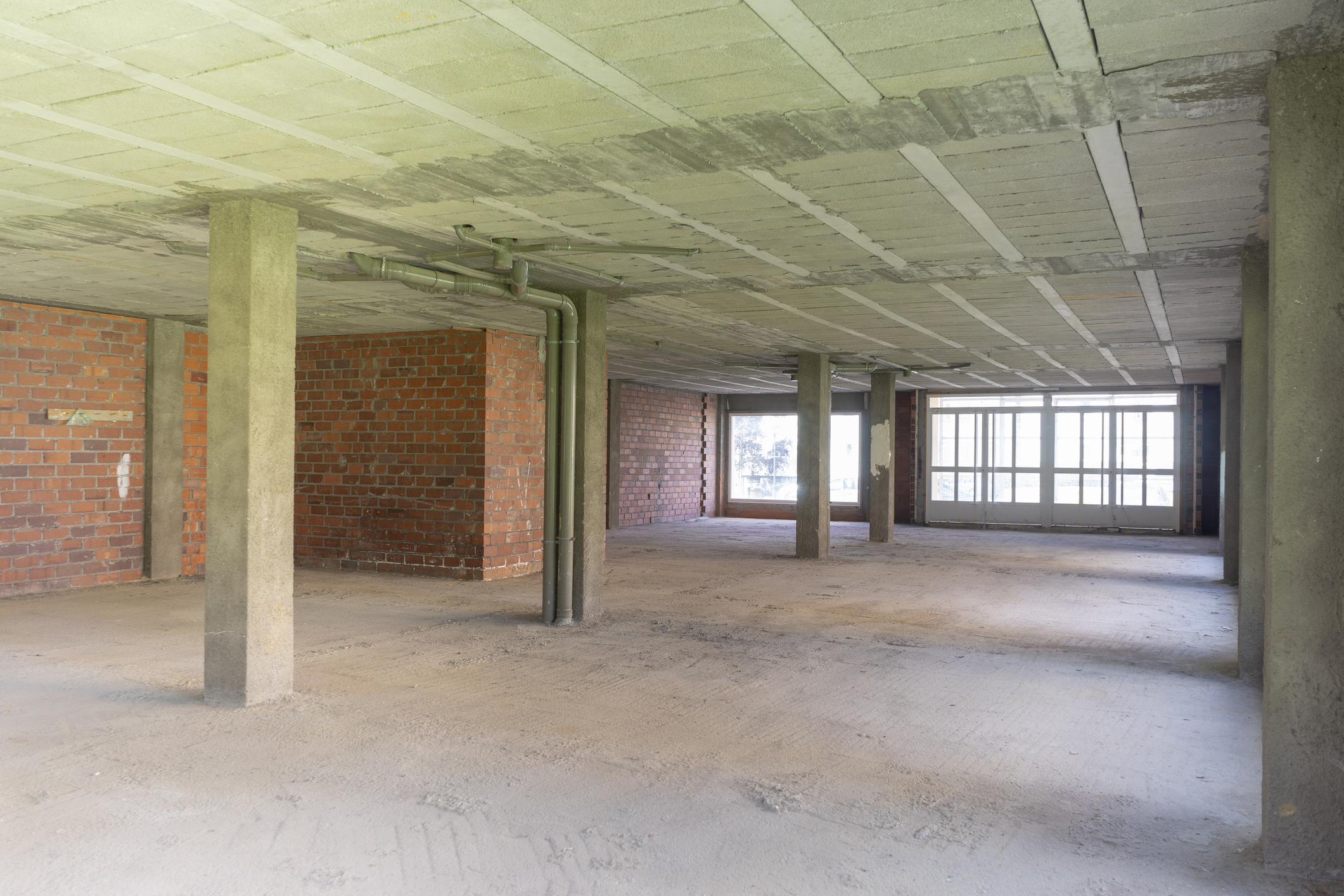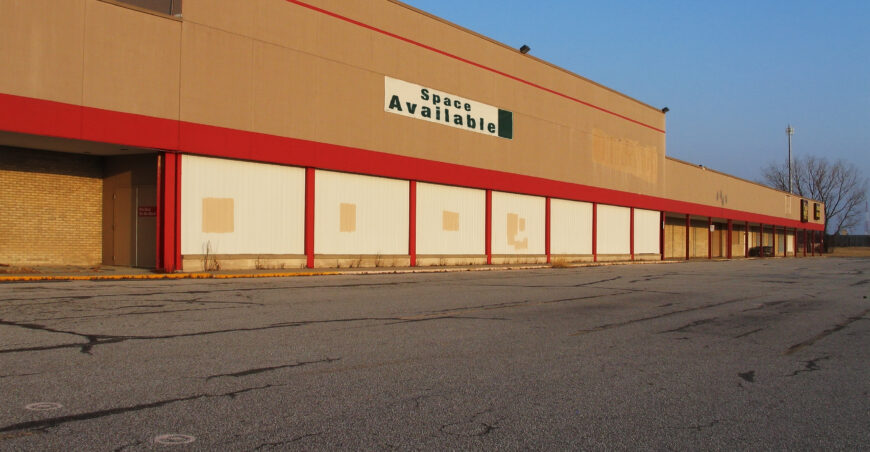Vacant commercial properties, once seen as liabilities, are now being recognized as valuable opportunities for innovation and revitalization. In recent years, the commercial real estate landscape has undergone significant transformations. Economic fluctuations, technological advancements, and changing consumer behaviors have led to shifts in the demand for various types of commercial spaces. While these changes have left some properties vacant, they have also opened the door to opportunities for repurposing these spaces. As the cliché saying goes, “necessity is the mother of invention,” and vacant commercial properties are ripe for creative, alternative uses that can revitalize communities and generate new revenue streams.
6 Creative Uses for Vacant Commercial Properties
(1) Pop-Up Retail Stores and Markets
Pop-up stores have gained significant popularity in recent years, offering businesses a low-risk opportunity to test new products, reach different demographics, and create buzz around their brand. Vacant commercial properties, especially those in prime retail locations, provide the perfect venue for these temporary shops. Pop-up stores can range from fashion boutiques to seasonal markets, food vendors, and experiential marketing events. Property owners benefit by generating short-term revenue and attracting foot traffic, which can, in turn, attract long-term tenants. These temporary uses also create a sense of urgency and excitement, drawing consumers who want to experience something unique.
(2) Co-Working and Flexible Office Spaces
The rise of remote work and the gig economy has fueled demand for co-working and flexible office spaces. Vacant commercial properties, especially those previously used for traditional office purposes, can be easily adapted to meet this growing need.
Co-working spaces provide freelancers, entrepreneurs, and small businesses with access to professional environments without the burden of long-term leases. They often feature shared amenities like meeting rooms, high-speed internet, and communal areas, fostering collaboration and networking among users. By converting vacant offices into co-working spaces, property owners can tap into a thriving market, retain tenants, while also contributing to the local business ecosystem.
(3) Urban Farms and Community Gardens
Urban agriculture is an emerging trend that addresses food security, sustainability, and community engagement. Vacant commercial properties, particularly those with ample outdoor space or rooftop access, can be repurposed as urban farms or community gardens. These green spaces not only provide fresh produce for local communities but also serve as educational hubs for sustainability practices and healthy living. Urban farms can be integrated into mixed-use developments, with restaurants, cafes, and markets on-site that feature produce grown on the premises. This approach transforms unused spaces into vibrant, productive areas that contribute to environmental and social well-being.
(4) Community and Cultural Centers
Vacant commercial properties can play a valuable role in fostering community engagement by being repurposed as community and cultural centers. These spaces can host a variety of activities, such as educational programs, workshops, performances, and social gatherings. By converting vacant properties into hubs for cultural exchange, art hubs and community building, property owners and local governments can strengthen the social fabric of the area.
Community centers can cater to diverse groups, offering spaces for youth programs, senior activities, or support services for marginalized populations. Cultural centers, on the other hand, can showcase local artists, musicians, and performers, providing them with a platform to share their talents. These centers can also be used to celebrate cultural diversity, hosting events that bring together people from different backgrounds to learn about and appreciate each other’s traditions.
(5) Temporary Housing Solutions and Adaptive Reuse for Housing
With the ongoing housing crisis in many parts of the world, there is a growing need for affordable and temporary housing solutions. Vacant commercial properties can be repurposed to provide temporary housing for homeless individuals, refugees, or those displaced by natural disasters. This use not only addresses a critical social issue but also helps property owners generate income from otherwise vacant assets. Collaborating with government agencies, non-profits, and community organizations can make these projects financially viable and socially impactful.
Moreover, the adaptive reuse of vacant commercial properties for residential purposes is also an innovative and practical solution. Converting underutilized office buildings, warehouses, or retail spaces into apartments or condominiums can help alleviate housing crises while revitalizing neglected properties. Adaptive reuse projects often retain the original architectural features of the building, adding character and uniqueness to the residential units. This approach preserves the historical significance of the property and reduces the environmental impact of new construction. In addition, adaptive reuse can be a more cost-effective option for developers, as it eliminates the need for new land acquisition and extensive site preparation.
(6) Innovation Hubs and Incubators
Innovation hubs and incubators are another exciting way to repurpose vacant commercial properties. These spaces provide startups, tech companies, and entrepreneurs with the resources and support they need to grow their businesses. By converting vacant buildings into innovation hubs, property owners can create a dynamic environment that fosters creativity, collaboration, and economic development. These hubs often include shared workspaces, labs, and equipment, and access to mentorship, funding, and networking opportunities. They can also serve as venues for industry conferences and workshops, further solidifying their role as epicenters of innovation. Innovation hubs can attract a diverse range of tenants, from tech startups to creative professionals, making them an asset to any community. By supporting the growth of new businesses, these hubs contribute to job creation, economic diversification, and the overall vitality of the area.

Vacant commercial properties, once seen as liabilities, are now being recognized as valuable opportunities for innovation and revitalization. Whether through pop-up retail, co-working spaces, urban farming, community centers, adaptive reuse for housing, or innovation hubs, these properties can be transformed to meet the evolving needs of communities and the economy. By embracing these creative approaches, property owners, developers, and local governments can breathe new life into vacant spaces, fostering economic growth, social cohesion, and environmental sustainability. The future of commercial real estate lies in its adaptability, and vacant properties are at the forefront of this transformation.
If you are interested in learning more about the commercial real estate market, feel free to reach out to us at ICRE Investment Team anytime. We’d be happy to help supply you with information on any relevant properties or markets, alongside any connections in lending, investing, brokerage service or consulting that you might need!
















